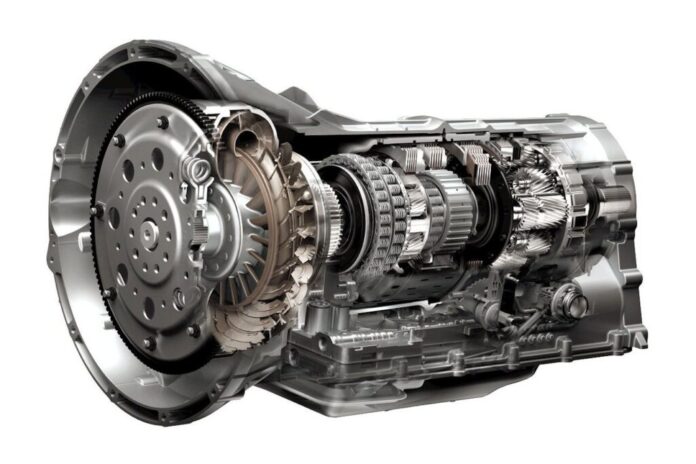Thinking of buying a used car transmission, but not sure what to watch out for? We’ve got you covered! In this blog, I’ll be breaking down the top 5 things you should consider before making your purchase. From fuel efficiency to reliability, I’ll cover all the important factors – let’s get started!
Signs of Transmission Damage
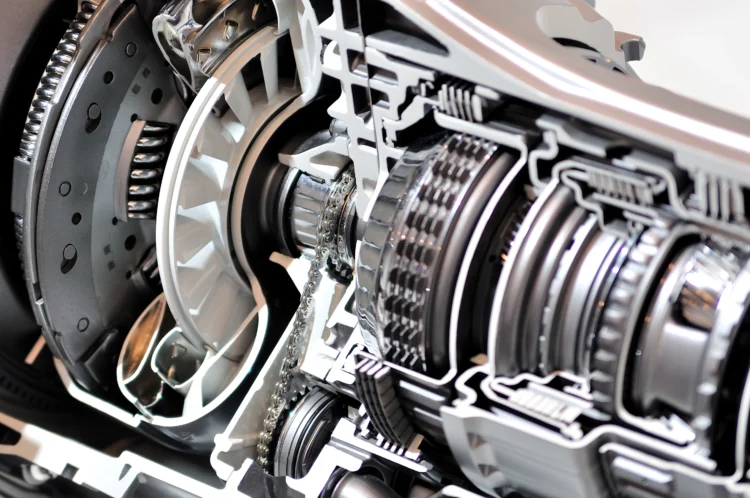
When buying a used car, it’s important to look for signs of transmission damage and take into account the overall state of the vehicle. Knowing what to look for and how to properly inspect can help you avoid potentially costly repairs in the future. Here are some warning signs to watch out for:
- Slipping Gears: One of the first indications that there’s an issue with the transmission is when you experience slipping between gears as you accelerate. This effect may not be noticeable during low-speed driving but will become more pronounced as you increase your speed.
- Excessive Shaking or Grinding: Excessive shaking or grinding is another indication that something is wrong with your transmission. If this symptom becomes pronounced, it’s best to get your car serviced right away in order to avoid further damage or repair costs down the road.
- Leaking Fluid: Leaking fluid can indicate a serious problem with your transmission, so make sure to inspect your vehicle regularly for any fluid pooling or residue on the ground beneath it.
- Poor Transmission Response: It can occur if there is an issue with internal parts like clutches, bearings, seals or gaskets within the transmission system itself – make sure to have a reliable mechanic check for these issues before purchasing a used vehicle if this symptom occurs frequently.
- Check engine Light Is On: It’s important to note that if your check engine light is on or flashing there could be an underlying problem with your car’s transmission system that needs inspecting and possibly repairing before you commit to buying it – use diagnostic tools such as OBD-II scanners and professional technicians when investigating why this warning light could be present so that appropriate action can be taken accordingly.
Cost and Maintenance Considerations
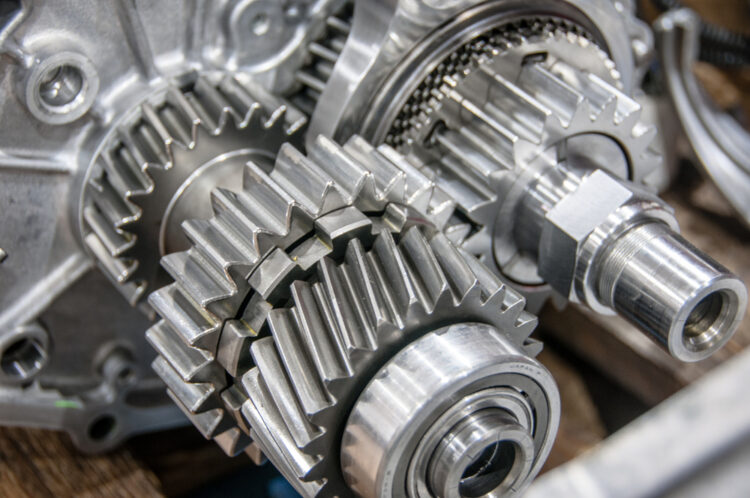
The cost of it will vary depending on its condition and the type of car it came from. If you’re buying a used one, you want one that is in relatively good condition and won’t require high maintenance costs. Additionally, you should take into account the age of the transmission and consider if any repairs or rebuilds might be necessary before installation.
Other factors to consider include whether or not it is compatible with your vehicle’s make and model, as well as if all related components (like brackets and cables) are included in the purchase. Ensuring that all parts can fit together and work properly is essential for getting a properly functioning vehicle when everything is installed.
You should also look into having a professional technical inspection done on your potential car transmission purchase to ensure that it does not have any underlying issues that could cause costly repairs later down the line. With just a little bit of planning and care, you can find great deals on used auto parts – like transmission – that will help save you money and keep your car running smoothly for years to come!
Checklist for Inspecting a Used Car Transmission
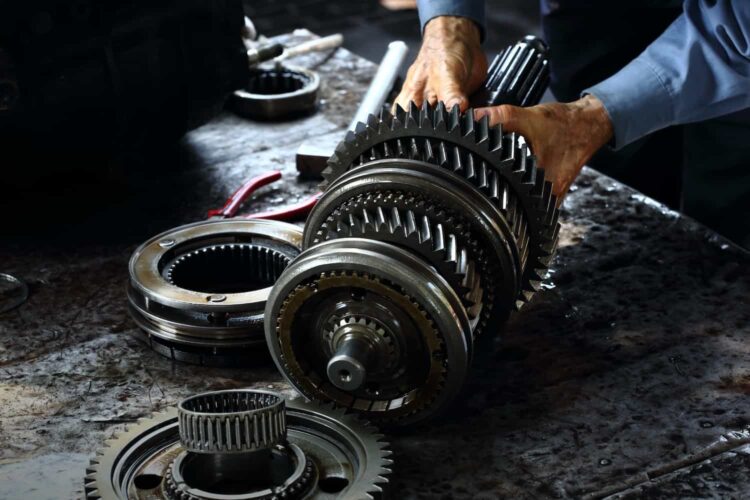
They are one of the most important components of a car, so you’ll want to make sure they’re in good condition before you buy a used car. The following checklist should make this easier:
- Look for Leaks: Check the ground beneath. It should be dry with no puddles or wet spots from transmission fluid leakage. It’s also a good idea to feel for warmth around the transmission housing to ensure it isn’t leaking heat generated during its operation.
- Check Shifting Performance: After starting the motor, it is important to test-drive your desired car on various surfaces and at speeds. Make sure that it accelerates and decelerates smoothly and that shifting between gears is smooth and consistent.
- Listen for Noises: When test-driving, listen for noises such as buzzing, whining, clicking, or clunking when selecting different gears or changing speed while driving. This can indicate worn-out parts in need of repair or replacement.
- Keep an Eye on Dashboard Warning Lights: Stay alert for dashboard warning lights that can help you diagnose potential transmission issues such as slipping, low fluid levels, incorrect gear selection, and others that require further inspection by qualified professionals prior to purchase or repair decisions being made.
- Inspect Fluid Condition: Finally, make sure to check the color, consistency, and smell of the transmission fluid while test-driving your desired car since they indicate possible mechanical problems that can cost you more money in repairs down the line. Darker hues usually indicate missing fluids whereas watery metallic pungent odors demonstrate overheating problems caused by broken seal rings or gaskets.
Tips for Avoiding Transmission Problems
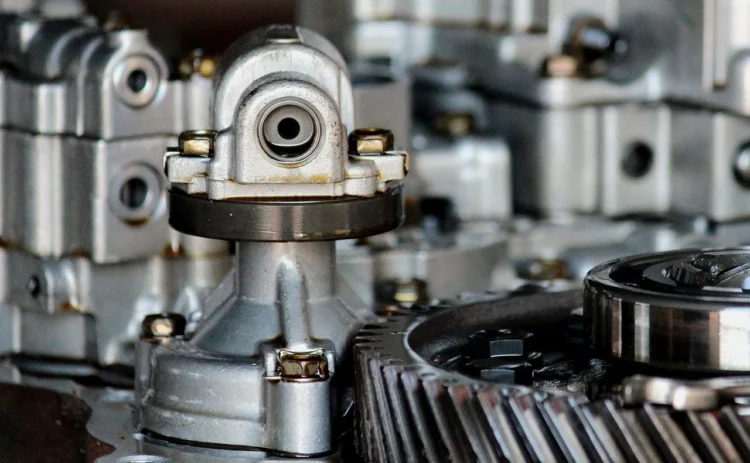
When you’re buying a used car, the transmission is one of the most important components to pay close attention to. Properly caring for and serviced transmissions keep cars running efficiently and safely, so it’s worth taking the time to inspect every aspect. Here are some tips for avoiding transmission problems when you’re shopping around for a pre-owned vehicle.
First, make sure you’ve taken a good test drive on varying surfaces and different speed limits. Listen carefully to detect any rattling or abnormal noises coming from the engine or transmission area, as these could be signs of excessive wear or bad parts. If any warning lights are illuminated on the dashboard during the test drive, this may also indicate an issue with the transmission system.
Secondly, try taking a look at all of the car’s service records and make sure that regular maintenance has been done on both its fluids and components. This will help you determine whether the current owner has cared for their car properly over its lifespan. A neglected vehicle can lead to costly repairs in the future, so it’s vital that everything is checked out ahead of time by a trusted mechanic.
Finally, ask about warranty coverage if it’s available from either an independent source or a manufacturer’s warranty program such as GM Certified Pre-Owned (CPO). This type of coverage can provide peace of mind for your purchase because it can help offset repair costs if something does go wrong with your used car transmission down the line.
Conclusion
Once you have gathered all the information needed to make your purchase decision, it’s time to make a final evaluation. Start by considering all of your options and compare the prices, quality, and condition of each option. Be sure to factor in any associated costs such as repairs, or shipping and installation when making your decision. Finally, ask other knowledgeable people for opinions and advice before making a decision.
When you have evaluated all of your options, you should be able to decide which choice is best for both budget and performance goals. Taking the time to properly research used car transmissions before purchasing is essential in minimizing any potential future problems that may arise.

